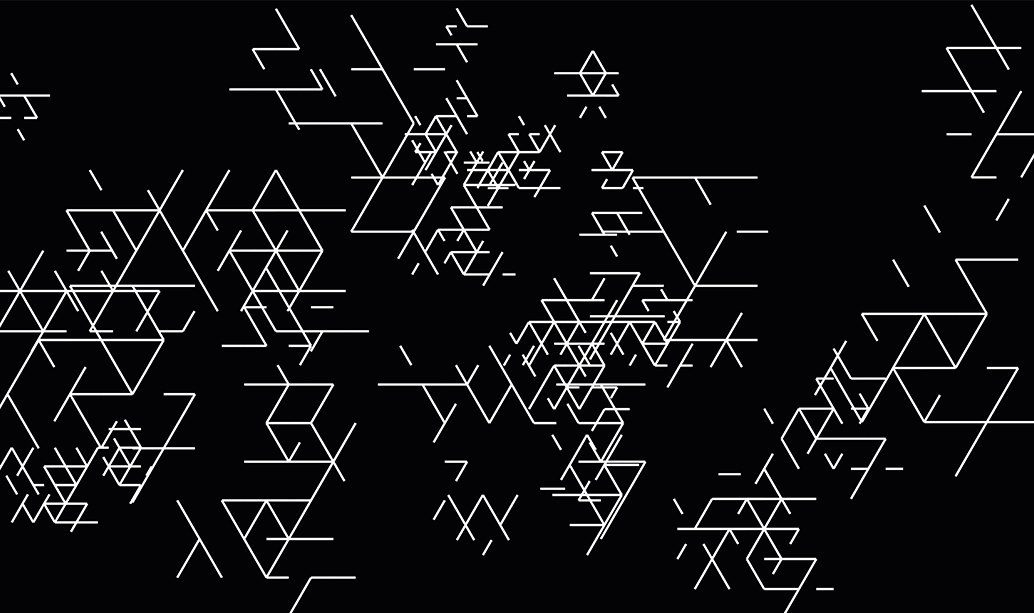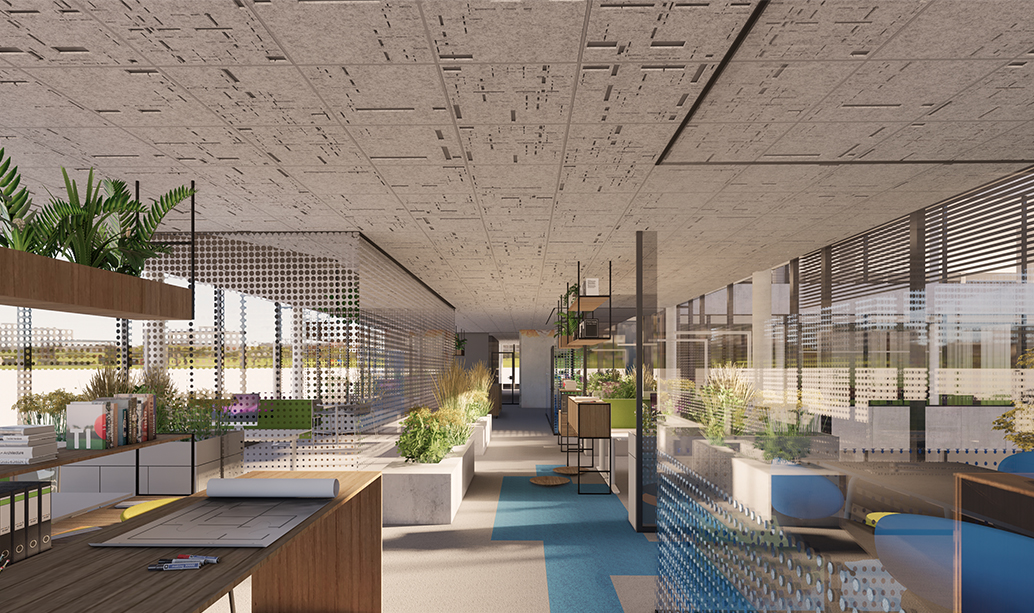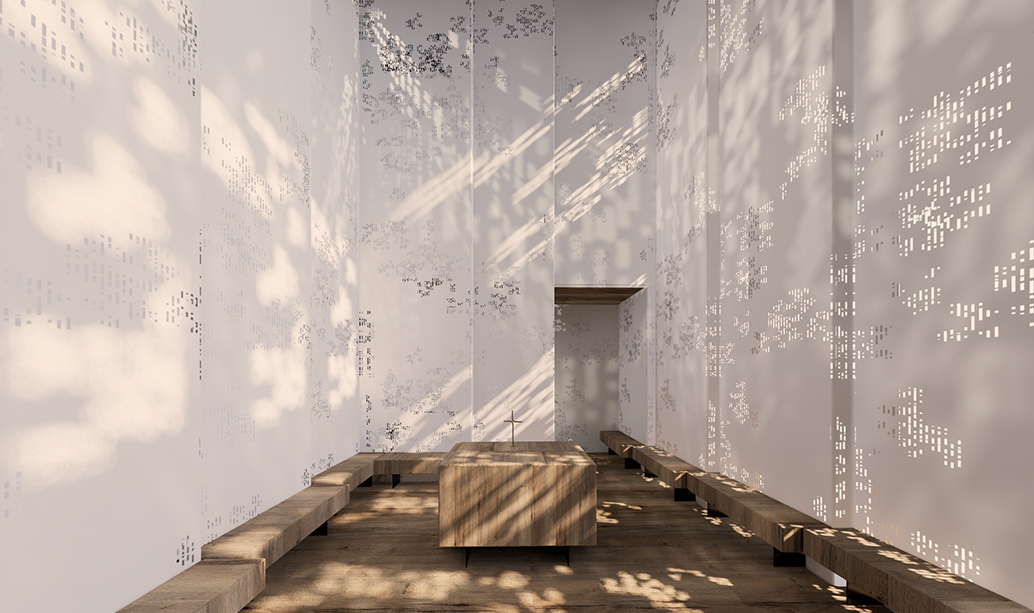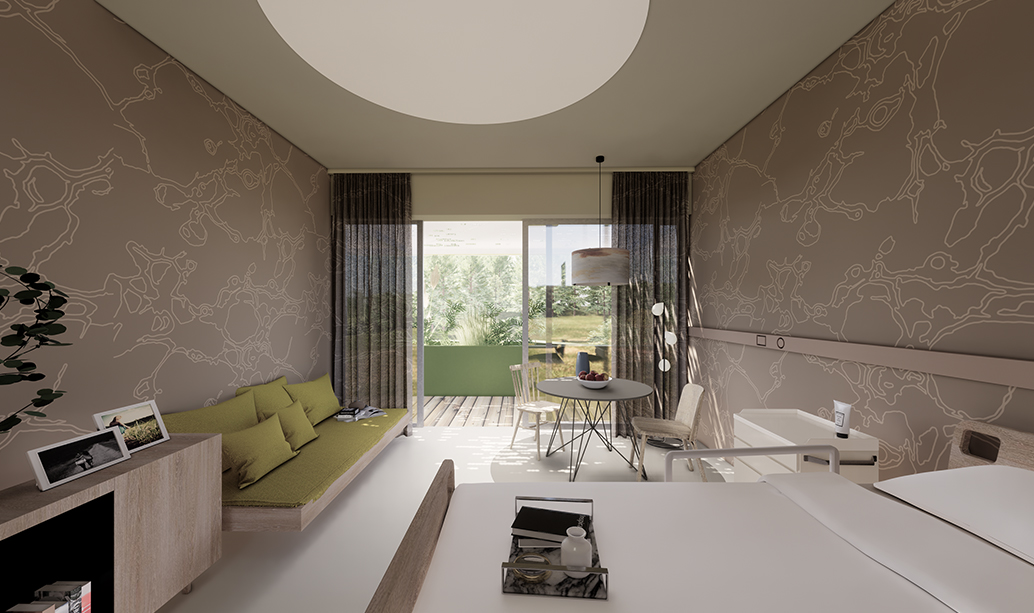
The Fractal Library serves as a versatile resource for designers, architects, and manufacturers to customize individual stress-reductive patterns enhancing healthier spaces. Specific pleasant colors, textures, and applications (printing, milling, carving, weaving, etc.) can be selected for each of the basic patterns, leading to almost endless possibilities for surfaces such as walls, windows, and facades – incorporating biophilia into the built environment.
Many design efforts in the creative industry are based on solving short-term design requirements, thus the Fractal Library of the ScienceDesignLab offers holistic design thinking, with the mission of creating science-informed, human-based, and sustainable solutions. This document includes a brief explanation of the science of fractals, a questionnaire, and follow up guidance to find the right direction for each user. The fractal patterns can be purchased via flat rate for single use or for serial production. The ScienceDesignLab also provides the option of collaborating to find the optimal solution for any demand.

Acoustic ceiling tiles with applied fractal pattern by FACT Design in an office space by INNOCAD architecture ©INNOCAD
Using designated software informed by biological intelligence, the fractal patterns were designed using a biodigital method. In the initial exploratory phase of development, the 13&9 Design team generated a vast variety of patterns by exploring how a range of seeds looked when combined with different types of fractal growth. A source of inspiration was the rich variety of patterns found in nature, architecture, and art, especially the intricate gestures within Jackson Pollock’s paintings. The new generation of seeds range from bird traces, leaves, and brush strokes to geometric formations.

Perforated screen with implemented fractal pattern at a prayer and retreat room at state hospital Graz by INNOCAD architecture ©INNOCAD
The most aesthetically and cognitively pleasing patterns from the design perspective were selected and then adapted according to Professor Taylor’s research. All of the patterns have been analyzed and approved by Fractals Research confirming their fractal quality and mid-D value. Observers’ stress levels have previously been found to dampen by up to 60% when viewing mid-D fractals.

Fractals used for printed wallpaper and curtains at hospice care unit at state hospital Deutschlandsberg by INNOCAD architecture ©INNOCAD
<